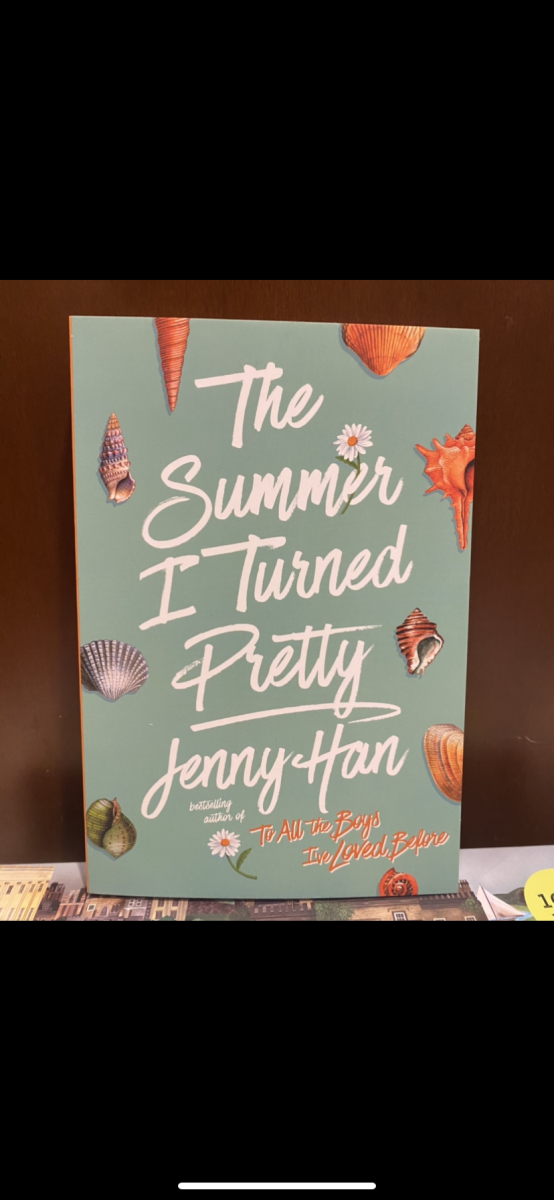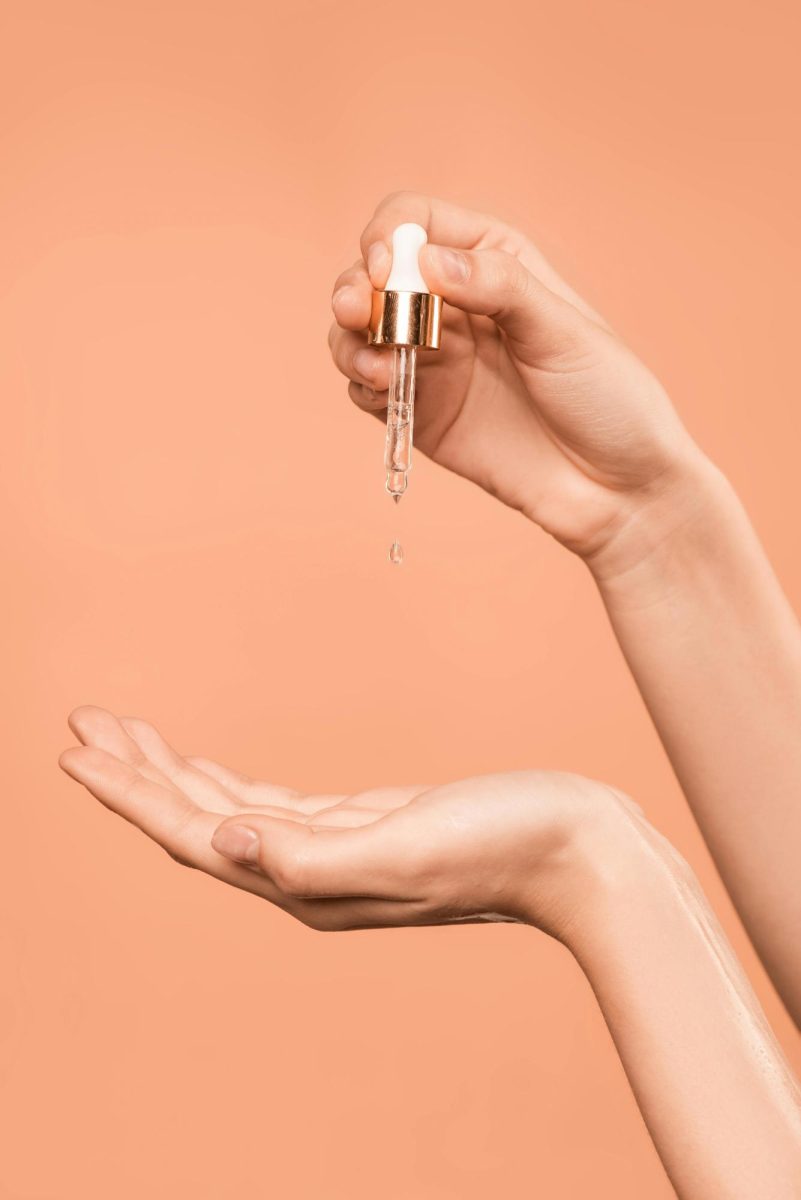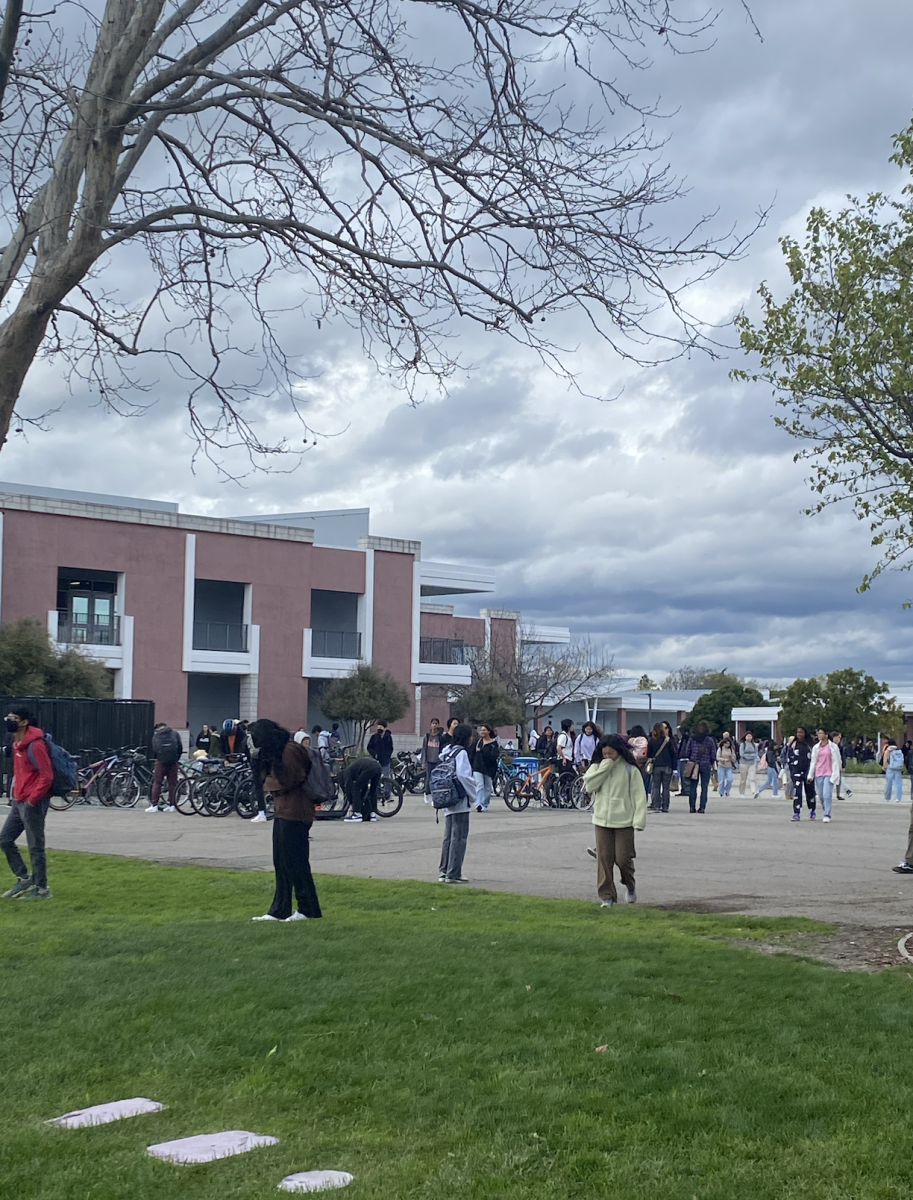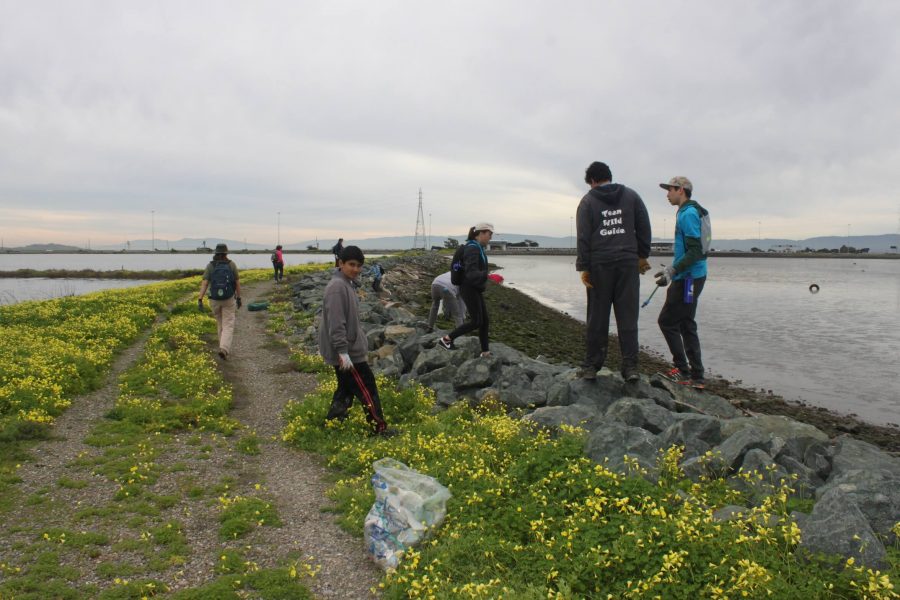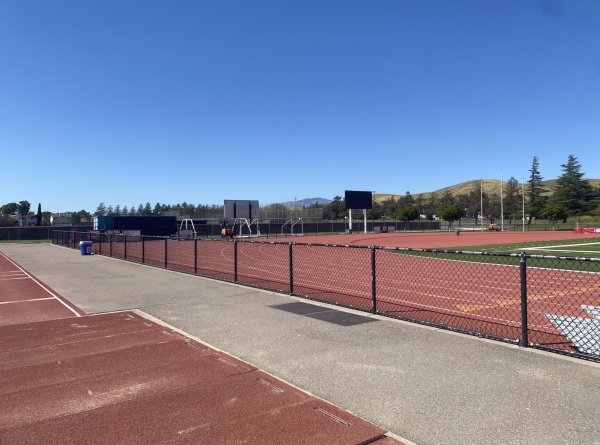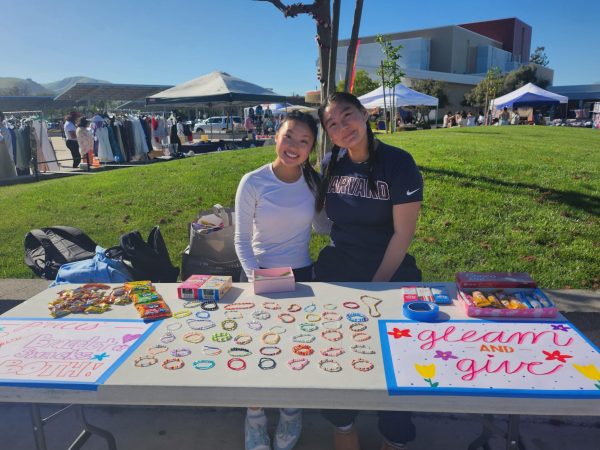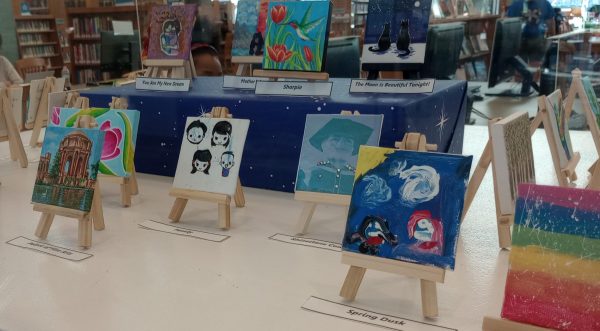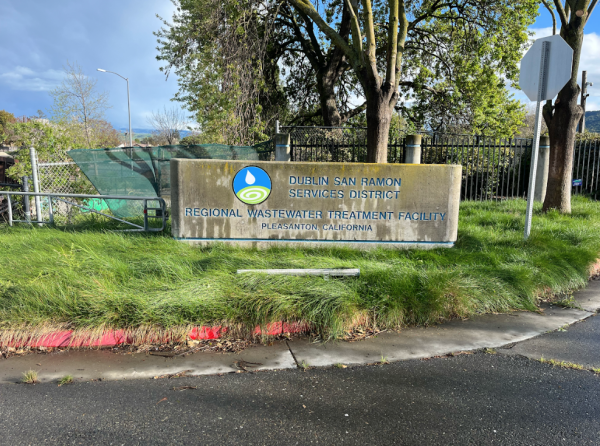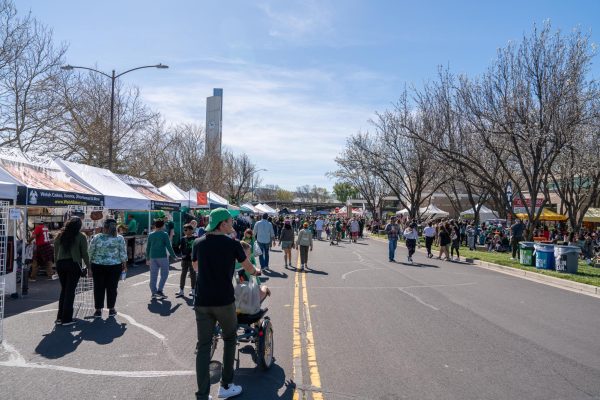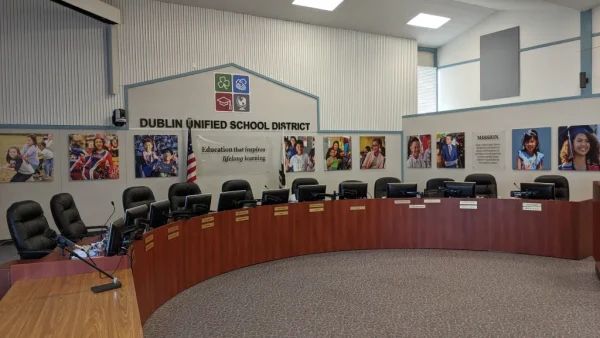Teens vs. Trash: Senior Karyn Utsumi Plans Beach Clean Up
Karyn (center of picture) and other volunteers help pick up trash at the Hayward Shoreline Interpretive Center.
who is planning to major in Environmental Science during college, has been interested in animals and preserving the environment since she was in elementary school. Starting the summer before Freshman year, Karyn began volunteering as a “Teen Wild Guide” (TWIG) at the Oakland Zoo. As a member of TWIG, she and other volunteers run the interactive exhibits at the zoo that encourage visitors to learn more about the animals.
As part of TWIG, Karyn was invited to attend the Teen Summit at the Monterey Bay Aquarium. As part of the program, the volunteers had to create a service project that would benefit their environment and community. For her project, Karyn decided to host a beach clean-up at the Hayward Shoreline Interpretive Center.
Although the name may not sound familiar at first, all Bay Area residents have actually driven past the Hayward Shoreline Interpretive Center on our way to the San Mateo bridge. The center manages and conserves Hayward’s eight miles of shoreline. Since its creation in 1986, the center has helped transform the shore from a wasteland abandoned by salt mining companies to
Karyn chose to do the beach clean-up at the Hayward Shoreline Interpretive Center because it was an area where she knew she could make an impact.
“I had previously done a service project with CSF at the Hayward Shoreline Interpretive Center where we pulled invasive plants around the center. I thought the area was incredibly beautiful but I noticed that there was quite a bit of trash near the water,” the senior recalled. “I thought it would be the perfect area to host a clean up.”
The beach clean-up drew about twenty volunteers from several high schools although none, unfortunately, from DHS, even though it was a CSF event. Over a two hour period, the volunteers filled six trash bags with litter. According to Karyn, the trash included both large and small items.
“Patti, one of the environmentalist at the Hayward Regional Shoreline, took us to a restricted area where there was a lot of built up trash washed up by the tide. We were on a trail right next to the old salt marshes and the Bay. There were tons of little pieces of styrofoam and plastic floating in the water and right on the shore. We also found lot of strange things like shoes, inhalers, balloons, and even a fire extinguisher.”
According to Karyn, the amount of trash they found was startling.
“[For me] the cleanup was bittersweet. It was amazing to see how many bags of trash we were able to collect over a two hour period but we only picked up a fraction of the trash that there was. There was so much styrofoam in this one section of water that I could have sat there all day and still not picked it all out of the ocean.”
Although beach clean-ups such as Karyn’s help remove trash from the ocean, the best way to keep our the ocean clean is to prevent trash from making it into the water in the first place. To prevent our own garbage from ending up in the ocean, Karyn suggests creating less unrecyclable trash to begin with.
“The best way to prevent trash from ending up in our environment is to reduce the amount of single-use plastics you use. Instead of buying a plastic water bottle, buy a reusable water bottle. Instead of eating snacks that are in plastic packages, eat plastic free snacks like fruits and veggies. Or consider buying washable reusable sandwich/snack bags. When you do use single-use plastics, be sure to dispose of them in their proper waste baskets.”
Your donation will support the student journalists of Dublin High School. Your contribution will allow us to purchase equipment and cover our annual website hosting costs.
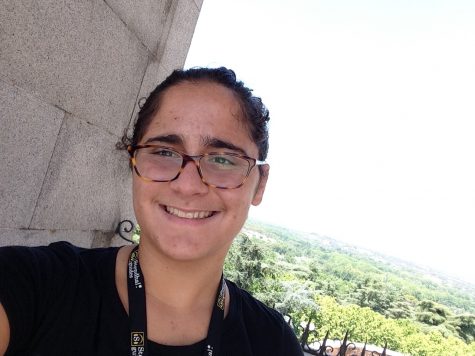
Alexandra Stassinopoulos was a senior at Dublin High School and the 2016-2017 Editor-in-Chief. She joined the Dublin Shield as a sophomore and worked as...



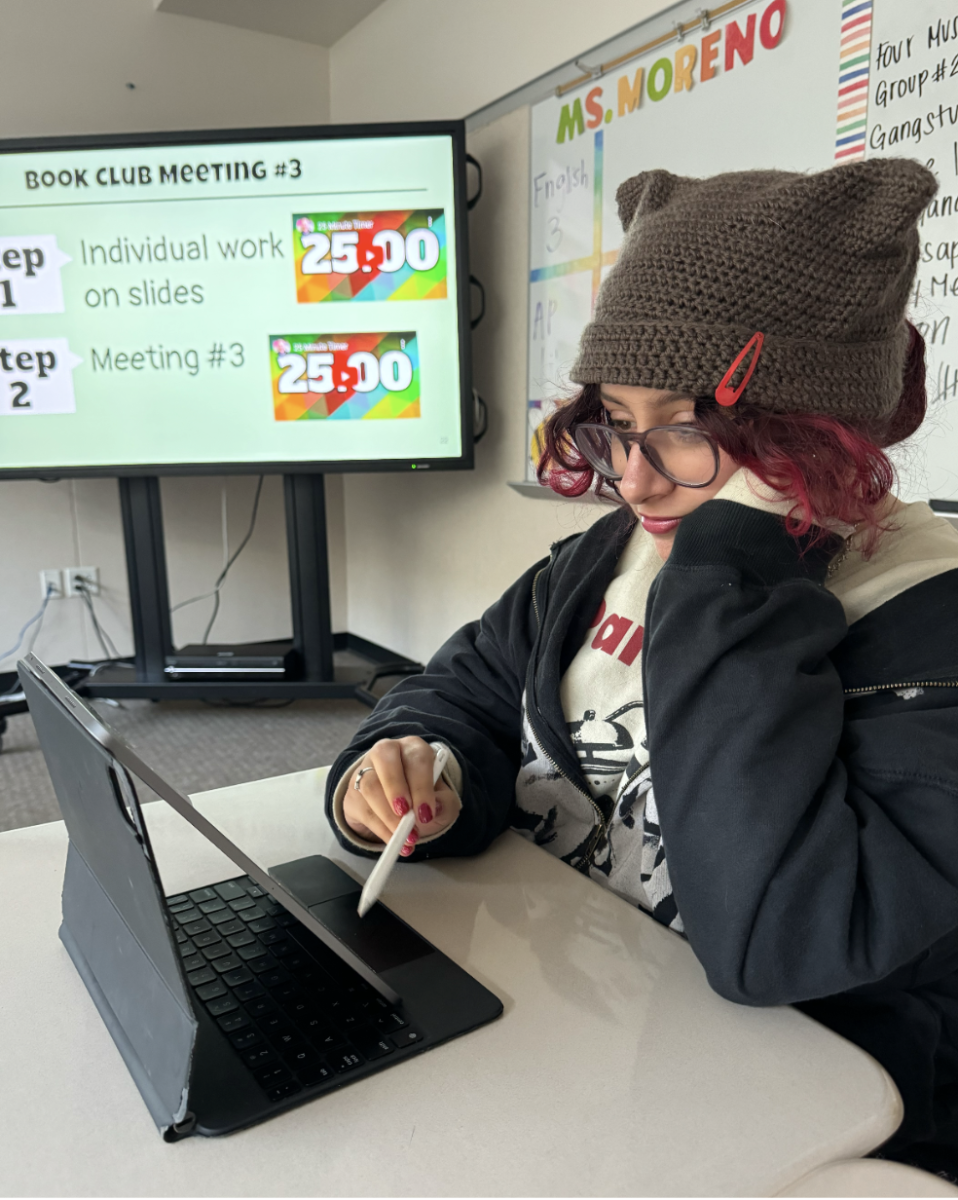
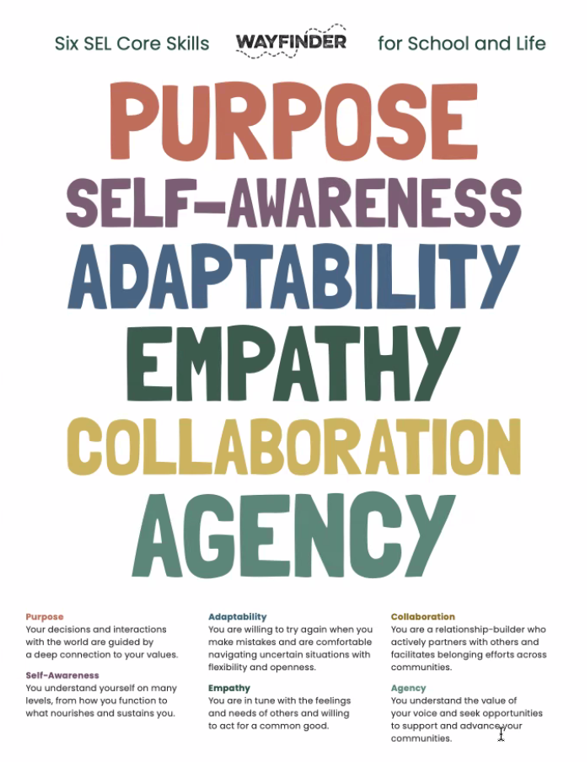
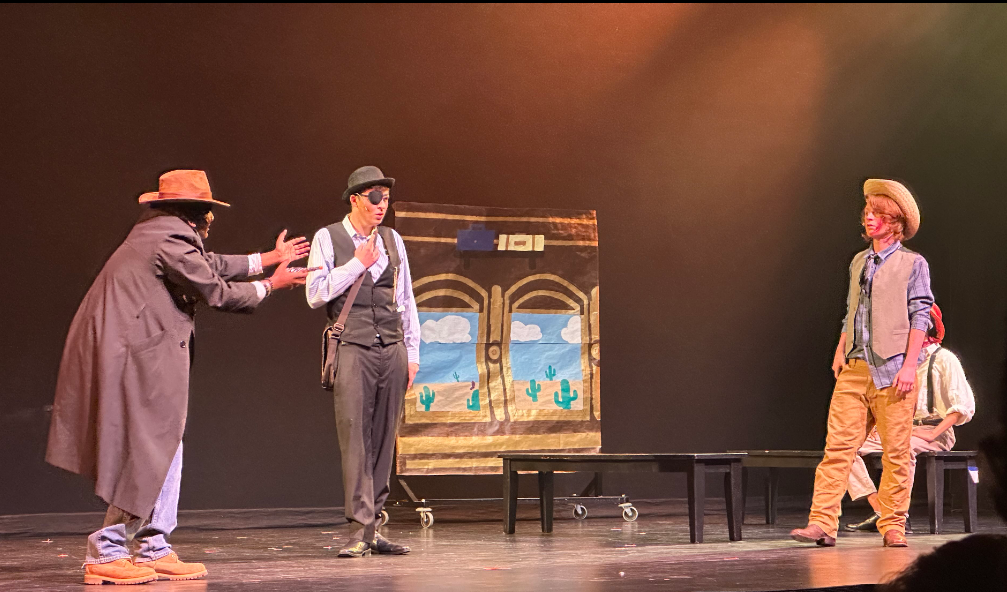
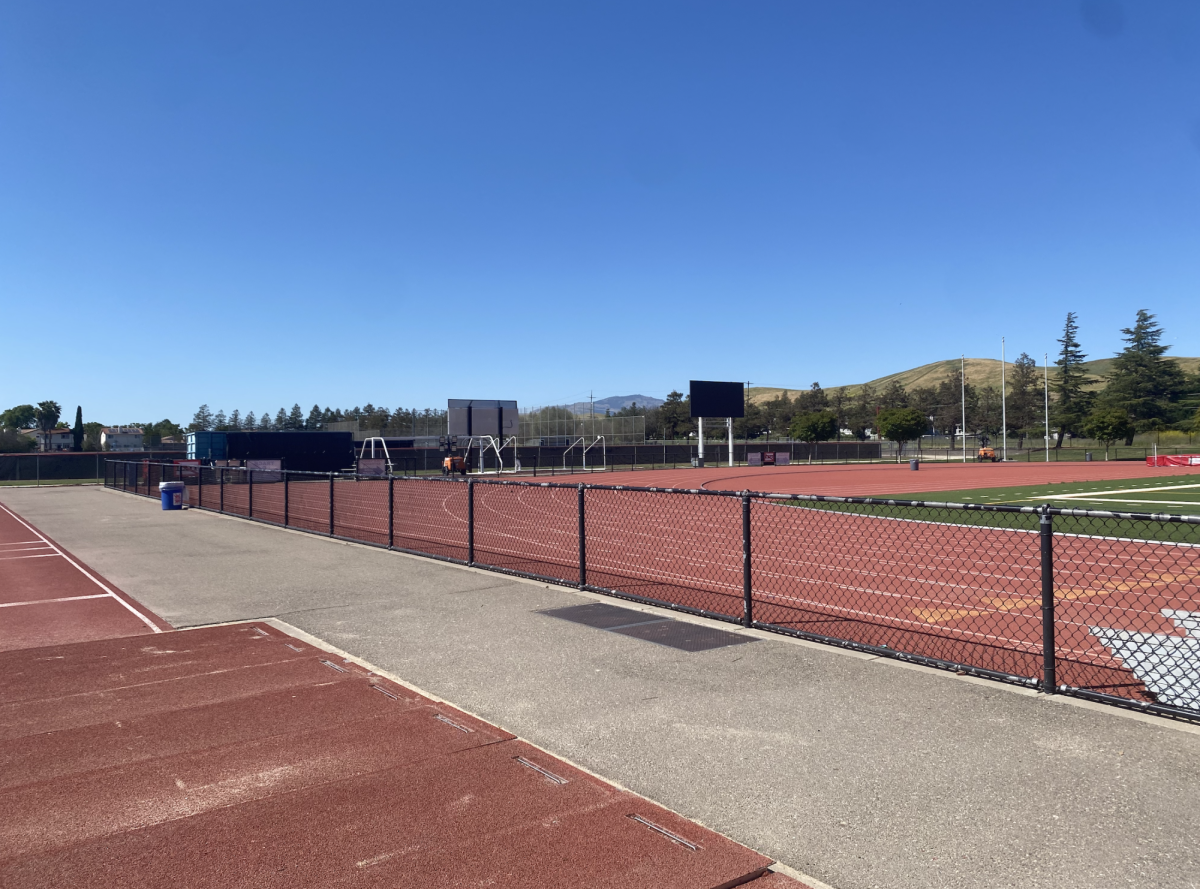
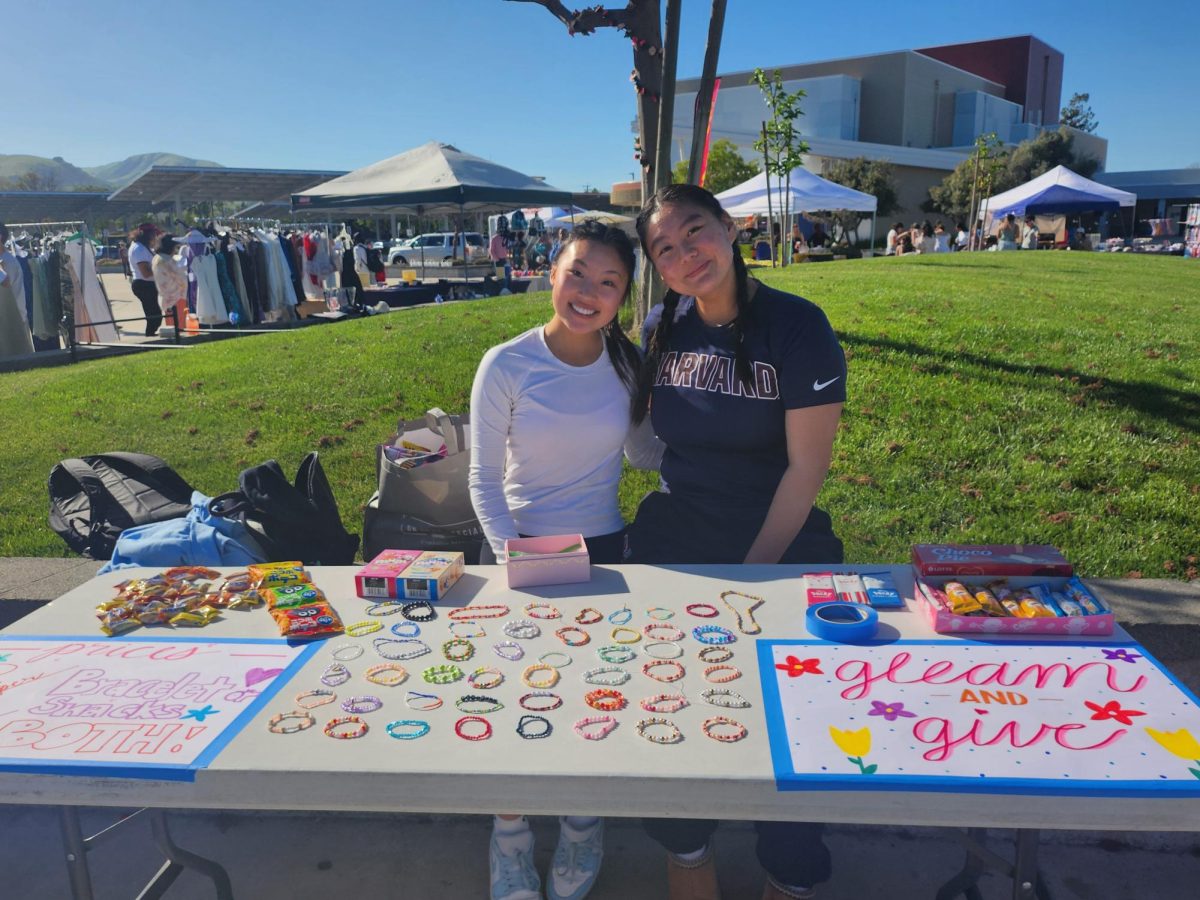
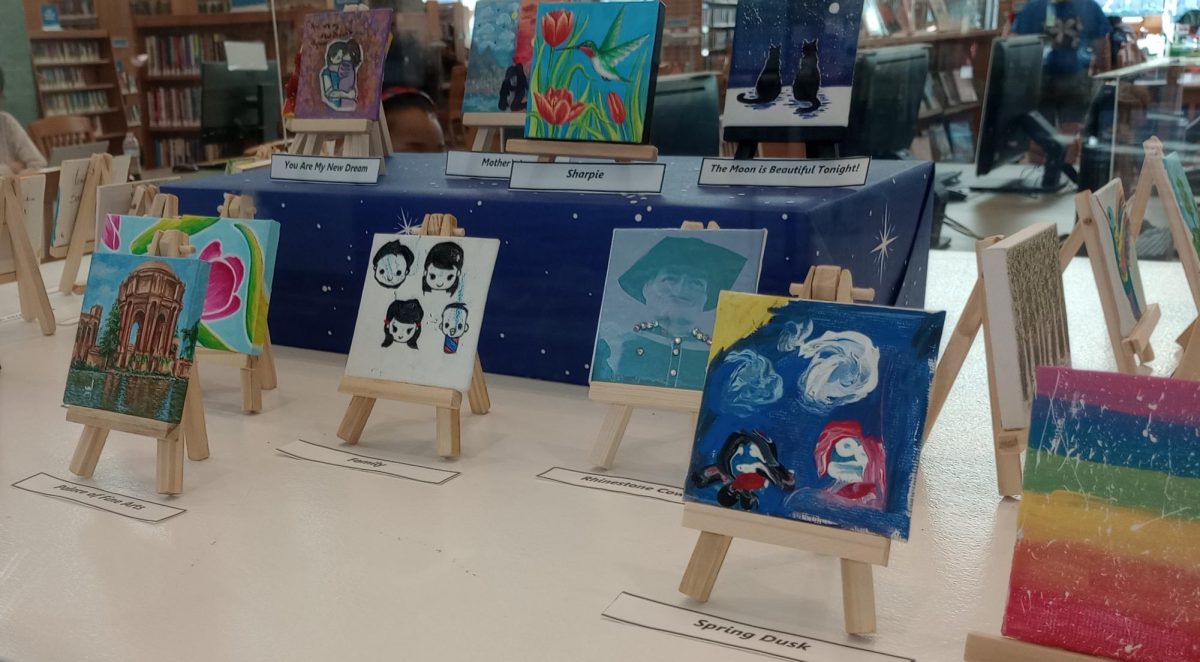
![[Book Review] Weapons of Math Destruction: The insidious danger of Big Data](https://thedublinshield.com/wp-content/uploads/2024/06/wmdsarticle-727x1200.jpg)


